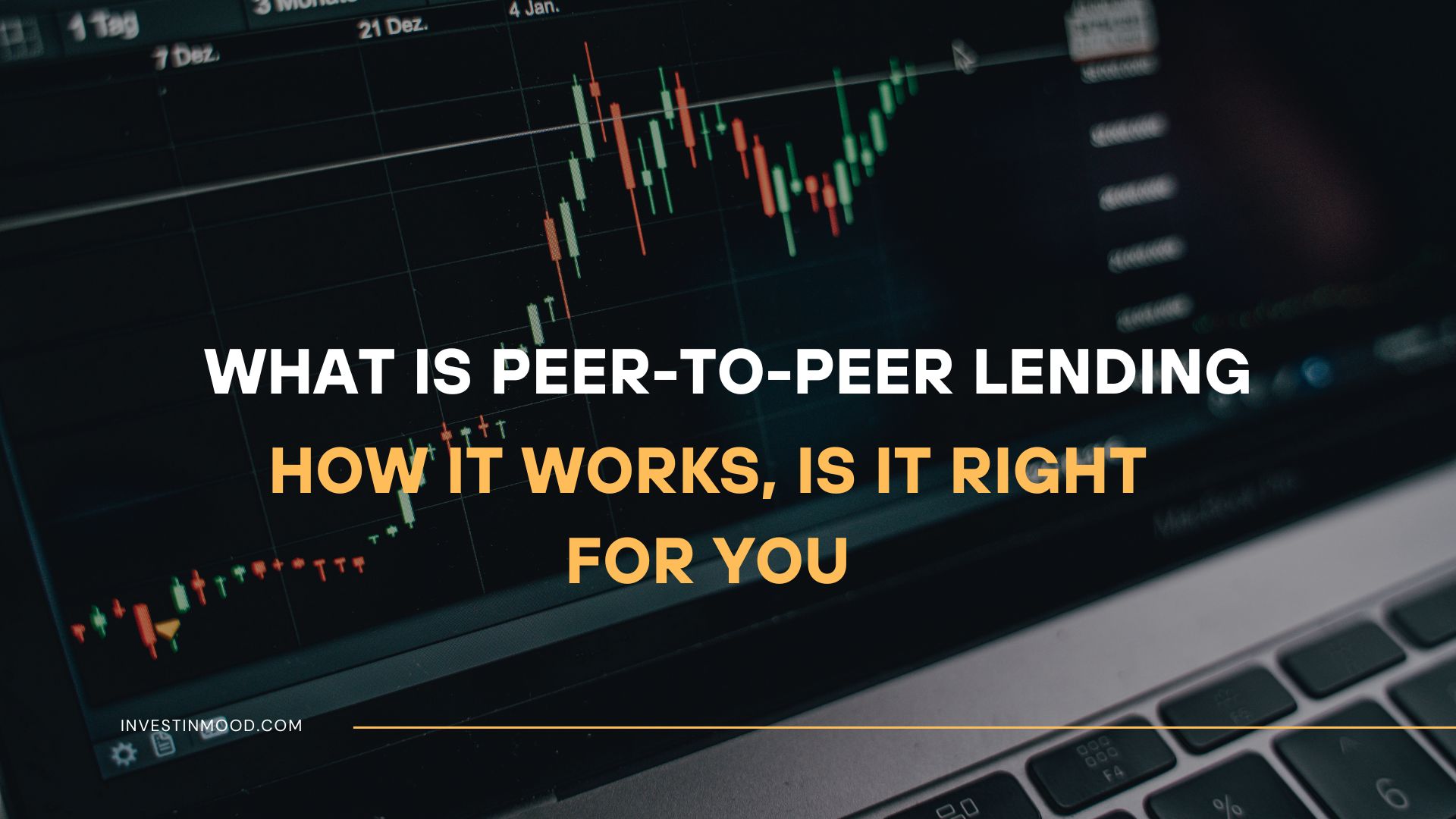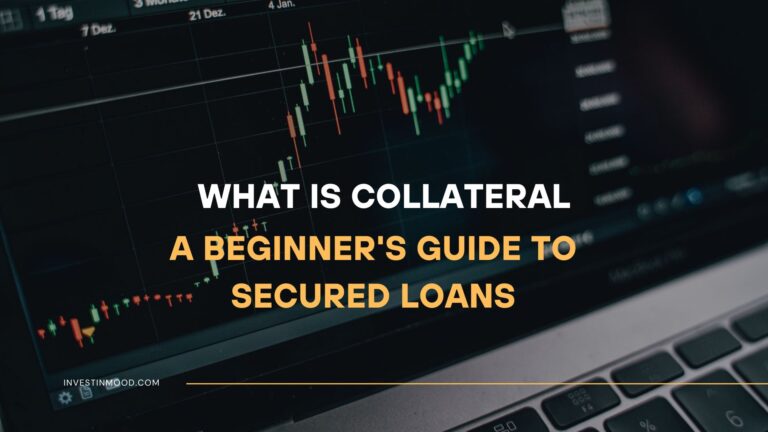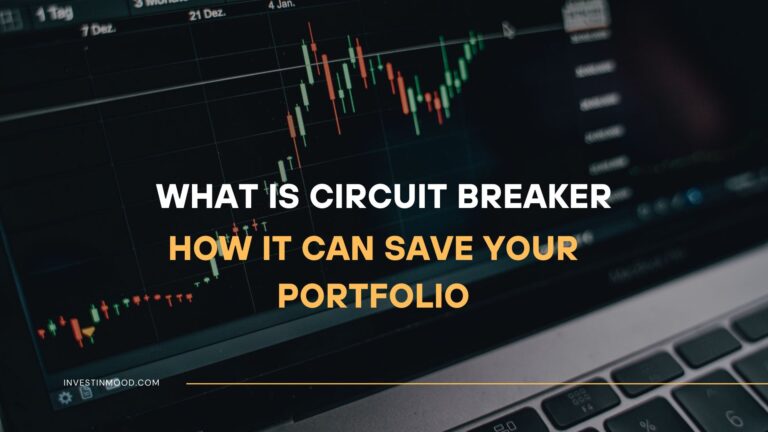
What Is Peer-to-Peer Lending, How It Works, Is It Right For You
Peer-to-Peer (P2P) Lending is a revolutionary form of finance that connects borrowers directly with individual investors through online platforms, bypassing traditional banks. For investors in the US, UK, Canada, and Australia, it offers a way to earn potentially higher returns, while borrowers can often secure loans with more competitive rates and a simpler application process.
Summary Table
| Aspect | Detail |
|---|---|
| Definition | A method of debt financing that enables individuals to borrow and lend money directly to one another without using an official financial institution as an intermediary. |
| Also Known As | Marketplace Lending, Social Lending, P2P Investing |
| Main Used In | Personal Loans, Business Loans, Consumer Debt Consolidation, Investment Portfolios |
| Key Takeaway | P2P lending can offer investors higher yields than traditional savings and borrowers lower rates, but it carries unique risks like platform risk and borrower default. |
| Related Concepts |
What is Peer-to-Peer Lending
Peer-to-Peer Lending, often abbreviated as P2P Lending, is a form of financial technology (fintech) that operates an online marketplace. Think of it as an eBay for loans. Instead of a single bank providing the entire loan, a large number of individual investors each fund a small piece of it. The P2P platform acts as the matchmaker and administrator, using technology to assess borrower creditworthiness, set interest rates, service the loan, and distribute payments.
Key Takeaways
The Core Concept Explained
At its core, P2P lending measures and facilitates the direct flow of capital between two parties. The platform’s primary role is to price risk. It does this by assigning a credit grade or rating to each borrower based on their credit score, financial history, and the purpose of the loan. A borrower with an excellent credit score from a major bureau like Experian or Equifax will receive an “A” grade and a low-interest rate. A borrower with a patchier history might receive a “C” or “D” grade and a higher interest rate to compensate investors for the increased credit risk.
A high interest rate on a loan indicates a higher perceived risk of borrower default, but also the potential for a higher return for the investor. A low interest rate indicates a lower-risk loan, which offers more modest, stable returns. The entire ecosystem is driven by data and algorithms, making the process efficient and scalable.
How Peer-to-Peer Lending Works in Practice
While there’s no single formula, the process is systematic and can be broken down from the perspective of both the borrower and the investor.
The Borrower’s Journey
- Application: A borrower applies online, stating the desired loan amount and purpose (e.g., debt consolidation, home improvement).
- Credit Assessment: The platform performs a soft credit check (which doesn’t affect their credit score) and assigns a risk grade.
- Loan Listing: If approved, the loan is listed on the marketplace with its specific terms and interest rate.
- Funding: Investors browse listings and choose to fund small portions (“notes”) of the loan.
- Disbursement: Once the loan is fully funded, the money is sent to the borrower. The platform then handles all monthly payments.
The Investor’s Journey
- Account Funding: An investor deposits funds into their account on the P2P platform.
- Filtering & Selection: They use platform tools to filter loans by grade, purpose, and other criteria. Many use automated investing tools to spread funds according to pre-set rules.
- Loan Funding: The investor allocates capital, often in $25 or $50 increments across hundreds of loans.
- Receiving Payments: As borrowers make monthly payments, the platform collects the principal and interest and distributes it to investors, minus a servicing fee.
For investors in the US looking to start, platforms like Prosper and LendingClub are regulated by the SEC, providing a layer of oversight. In the UK, platforms like Funding Circle and Zopa are regulated by the Financial Conduct Authority (FCA), ensuring certain standards are met.
Understanding P2P Lending Regulations
The regulatory environment is crucial for investor protection and varies significantly by country. This is a key differentiator that many blogs gloss over.
- United States: P2P loans are considered securities and are regulated by the Securities and Exchange Commission (SEC). Platforms must file detailed registrations, which increases transparency but also complexity.
- United Kingdom: The Financial Conduct Authority (FCA) is the primary regulator. They have implemented strict rules on marketing, risk disclosure, and ensuring platforms have wind-down plans.
- European Union: The landscape is fragmented, but the European Crowdfunding Service Providers (ECSP) regulation is working to create a harmonized framework across member states.
- Australia: The Australian Securities and Investments Commission (ASIC) regulates platforms, focusing on consumer credit laws and financial service licensing.
Why it matters: Investing in a regulated jurisdiction provides a layer of safety and recourse that may not exist in unregulated markets.
Why Peer-to-Peer Lending Matters to Investors and Borrowers
P2P lending has disrupted the centuries-old banking model, creating a new asset class and expanding access to capital.
- For Investors: It’s an alternative investment that can provide portfolio diversification away from the volatility of the stock market. The primary draw is the potential for passive income through regular interest payments that can often yield more than savings accounts or certificates of deposit (CDs). For example, while a high-yield savings account in the US might offer 1-2%, P2P lending portfolios have historically targeted net returns of 4-7%.
- For Borrowers: It provides an alternative source of credit, often with more competitive interest rates than credit cards, especially for debt consolidation. The online application is typically faster and more user-friendly than a traditional bank loan process.
- For the Financial System: It increases competition, forcing traditional banks to improve their services and rates. It also promotes financial inclusion by using non-traditional data to serve borrowers who might be underserved by mainstream banks.
How to Use Peer-to-Peer Lending in Your Investment Strategy
Use Case 1: Generating Steady Passive Income
- Strategy: An investor nearing retirement has $10,000 they want to use for income generation. They open an account on a P2P platform and use an auto-invest tool to spread the $10,000 across 400 different loans ($25 each) with grades A through C. This creates a diversified portfolio that generates a monthly cash flow from interest payments, which can be reinvested or withdrawn as income.
Use Case 2: High-Risk, High-Return Strategy
- Strategy: A younger investor with a higher risk tolerance allocates a small portion of their portfolio to higher-grade D and E loans. They actively manage their portfolio, using secondary markets (offered by some platforms) to sell off loans that show early signs of delinquency. The goal is to achieve a higher overall return, accepting that the default rate will be higher.
Use Case 3: Debt Consolidation for Borrowers
- Strategy: A borrower in the UK has £8,000 in credit card debt across three cards with an average interest rate of 19%. They successfully apply for a P2P loan at 12% APR to consolidate all their debt into one single, lower-monthly-payment loan, simplifying their finances and saving money on interest.
To start building a P2P lending portfolio, you need to choose a reputable platform. Your choice will depend on your location and risk profile. We’ve reviewed the top platforms for investors in the US and UK to help you make an informed decision.
Advanced Strategy: Analyzing a Platform’s Loan Book
Sophisticated investors don’t just pick loans at random; they analyze the platform’s overall “loan book.”
- What is a Loan Book? It’s the total portfolio of all loans issued by the platform.
- What to Look For:
- Default Rates by Grade: Check if the actual default rates for each credit grade (A, B, C, etc.) match the platform’s historical projections.
- Loan Purpose Concentration: Is the platform over-exposed to a single loan purpose, like debt consolidation? A economic shock could affect all these borrowers similarly.
- Geographic Distribution: Is lending concentrated in one region? A local economic downturn could spike defaults.
- How to Find This Data: Reputable platforms publish detailed performance data and statistics on their websites. Dig into these reports before investing large sums.
This analysis helps you assess the platform’s underwriting quality and systemic risks.
- Higher Returns Potential for better yields than traditional savings or bonds.
- Diversification Acts as a non-correlated asset class, diversifying your portfolio.
- Accessibility Low minimum investments allow almost anyone to start.
- Passive Income Generates a regular cash flow with minimal ongoing management.
- Social Impact Directly fund individuals and small businesses, bypassing big banks.
- Default Risk Borrowers can stop paying, leading to a permanent loss of capital.
- Lack of Liquidity Your investment is typically locked in for the loan’s duration (e.g., 3-5 years).
- Platform Risk The platform itself could fail or face regulatory problems.
- No Insurance Not covered by government insurance schemes like FDIC or FSCS.
- Interest Rate Risk Fixed returns may become less attractive if market rates rise significantly.
Peer-to-Peer Lending in the Real World: A Case Study
A classic example of P2P lending’s value proposition unfolded during the post-2008 financial crisis era. Traditional banks tightened their lending standards significantly, making it difficult for creditworthy small businesses and individuals to secure loans. This credit crunch created a perfect environment for P2P platforms to grow.
Platforms like LendingClub in the US and Zopa in the UK saw a surge in both borrowers seeking alternatives and investors searching for yield in a near-zero interest rate environment. For instance, a small business in Texas unable to get a bank loan for expansion might have turned to LendingClub in 2012, securing a $50,000 loan funded by hundreds of individual investors. This provided the capital for the business to grow, while investors earned a collective 8-10% annual return, a win-win situation that traditional banks were not providing at the time. This period proved the model’s resilience and highlighted its role as a counter-cyclical force in the financial system.
Conclusion
Ultimately, understanding Peer-to-Peer Lending provides a critical tool for both modern investors seeking yield and borrowers looking for value. While it offers the powerful benefits of diversification and potential for higher, passive income, it is not a risk-free substitute for a savings account. As we’ve seen, the risks of borrower default, illiquidity, and platform failure are real and must be carefully weighed. By incorporating P2P lending as a strategic, satellite portion of a well-diversified portfolio, you can harness this financial innovation to achieve your goals. Start by researching regulated platforms and consider beginning with a small amount to familiarize yourself with the process.
Ready to put these concepts into action? The right platform is essential. We’ve meticulously reviewed and ranked the best peer-to-peer lending platforms for investors in the US and UK to help you get started.
How Peer-to-Peer Lending Relates to Other Concepts
P2P lending is a subset of alternative investments and fixed income. It’s most often confused with bonds and crowdfunding.
| Feature | Peer-to-Peer Lending | Corporate Bonds |
|---|---|---|
| What it is | A loan to an individual or small business. | A loan to a large corporation or government. |
| Primary Risk | Borrower default (idiosyncratic risk). | Issuer default and interest rate risk. |
| Liquidity | Low; typically held to maturity. | High; can be sold on the secondary market. |
| Minimum Investment | Very low ($25 – $100). | High ($1,000 – $10,000 per bond). |
| Regulation | Varies; platform-based regulation. | Highly regulated (e.g., by the SEC). |
Related Terms
- Crowdfunding: While P2P Lending is a form of debt crowdfunding, “crowdfunding” more commonly refers to equity crowdfunding (investing for a share of a business) or reward-based crowdfunding (like Kickstarter).
- Fixed Income: An asset class that provides returns in the form of fixed periodic payments and the eventual return of principal at maturity. P2P lending is a type of fixed-income investment.
- Credit Risk: The risk of loss due to a borrower’s failure to make required payments. This is the central risk in P2P lending.
- Securitization: The process where pools of assets, like P2P loans, are bundled together and sold as a single security to investors. Some platforms use this model.
- Direct Lending: A broader term for non-bank lending, often used to describe loans made by investment funds to small and medium-sized enterprises (SMEs). P2P is a form of direct lending.
Frequently Asked Questions
Recommended Resources
- U.S. Securities and Exchange Commission (SEC) – Investor Bulletin on P2P Lending – Essential reading for US investors on risks and regulations.
- Financial Conduct Authority (FCA) – P2P Lending Rules – The regulatory framework for UK platforms.
- Investopedia – Peer-to-Peer (P2P) Lending – A clear, encyclopedic definition and overview.





